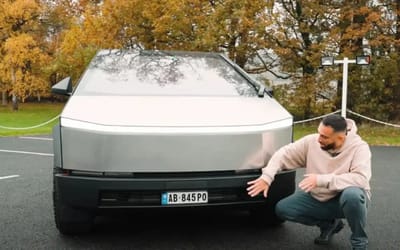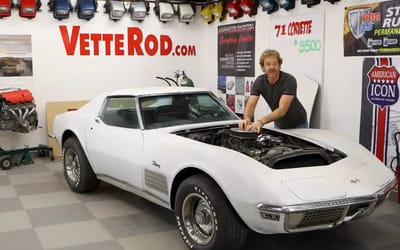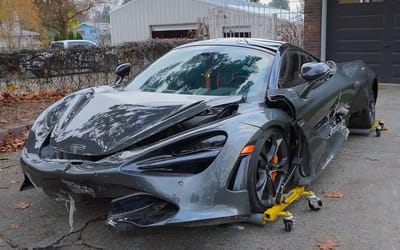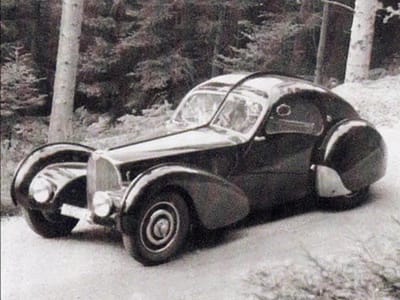The Bugatti Bolide hypercar has Brembo’s biggest-ever carbon-carbon brakes that took 2 years to make
- The Bugatti Bolide is in the final stages of development, with deliveries expected to start later this year
- According to Bugatti, the Bolide is equipped with the largest carbon-carbon brakes ever fitted to a track-only hypercar
- The brakes have been developed by Brembo, and are up to F1 and LMDh endurance race car standards
Published on Feb 27, 2024 at 5:34 PM (UTC+4)
by Adam Gray
Last updated on Mar 01, 2024 at 9:25 PM (UTC+4)
Edited by
Amelia Jean Hershman-Jones
A machine as fast as the Bugatti Bolide needs some serious stopping power.
According to the French Atelier, it’s equipped with the largest carbon-carbon brakes ever fitted to a track-only hypercar.
Just as well, really, as the last thing you’d want is to be hammering down the straight and not have the brakes to slow you down into a corner.
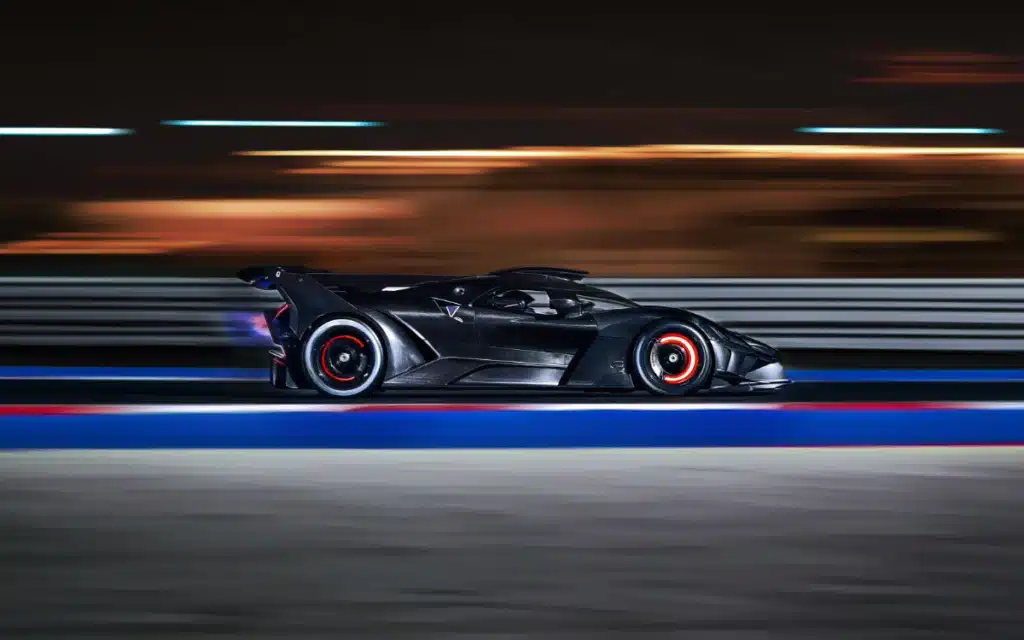
READ MORE! Hennessey attempting to dethrone Bugatti for title of fastest production car with Venom F5 hypercar
Developed by Brembo, the brakes used on the Bugatti Bolide are up to F1 and LMDh endurance race standards, which is absolutely top level.
The Bolide hypercar is powered by Bugatti’s 8.0-liter quad-turbocharged W16.
That lump of an engine produces up to 1,825 horsepower when ran on 110 octane racing fuel.
It goes without saying, that kind of power requires extremely powerful brakes that don’t fade for consistent performance on the track.
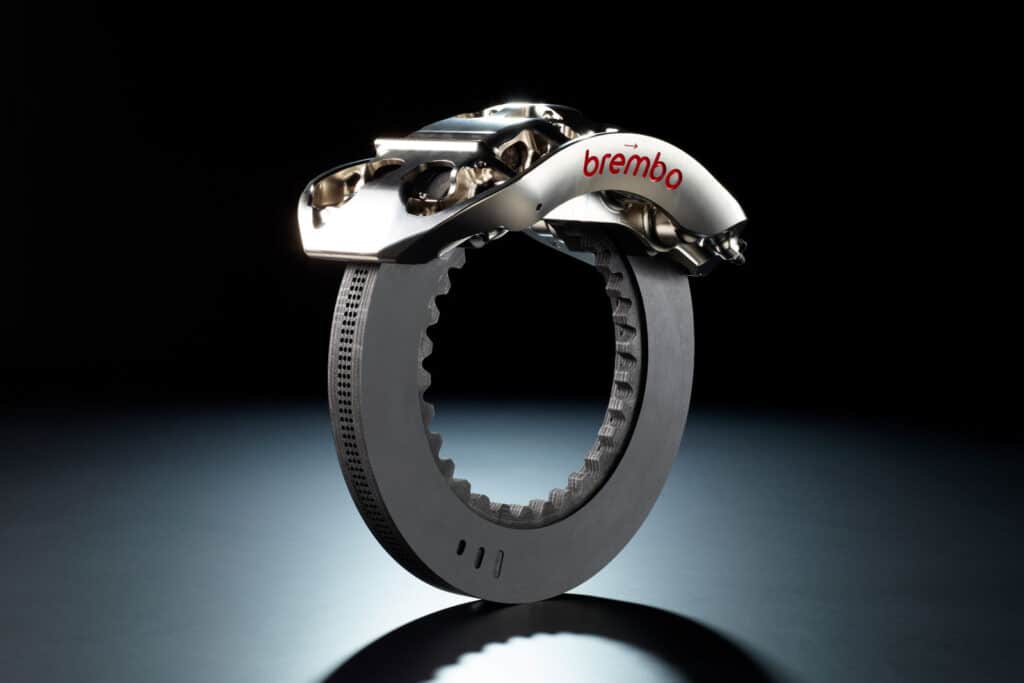
Apparently, it took Brembo two years to develop the carbon-carbon brake system, which has been exclusively created for Bugatti Bolide.
And they’re nothing like the carbon-ceramic brakes fitted to the vast majority of road-going supercars and hypercars.
For starters, the rotors are made from carbon-fibre-reinforced carbon, a material with extremely high heat tolerance.
Technically speaking, it’s the same material used on the outside portion of the space shuttle to prevent it form burning up upon reentry into the Earth’s atmosphere.
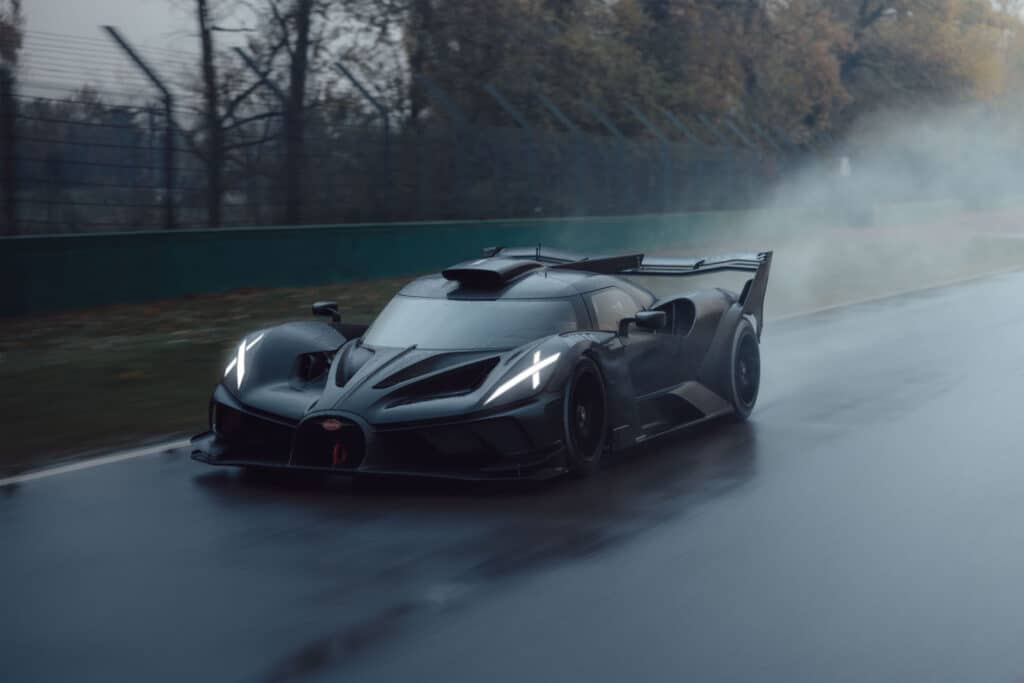
What’s more, all four rotors measure 390mm in diameter, with the front slightly thicker than the ones on the back.
They’re machined out of aluminum alloy and have been nickel-coated.
The ones clamping down on the front rotors have eight pistons, while the rear calipers have a six-piston setup.
And thanks to their lightweight carbon construction, each rotor weighs just seven pounds, significantly helping reduce the unsprung mass.
During the development phase, Brembo worked with Bugatti engineers to optimize the design of the brake air ducts to keep the brakes cool without disrupting the aerodynamics.
According to Bugatti, 85-90 percent of the airflow from the duct is directed to the discs and pads, while the rest reaches the calipers.

“Developing the brake system for the Bugatti Bolide was a unique and very exciting challenge for the Performance Division of Brembo — and we are proud of what we achieved,” said Brembo Performance’s COO, Mario Almondo.
“Using carbon compounds that are similar to those in Formula 1 meant that, despite the size and power of the Bolide, we were able to produce the lightest possible design.”
The French atelier is only building 40 examples of the Bugatti Bolide, all of which have been sold with a price tag north of $4 million.
In other news, this is what a stripped Bugatti Bolide looks like.
DISCOVER SBX CARS: The global premium car auction platform powered by Supercar Blondie

Adam Gray is an experienced freelance motoring journalist and content creator based in the United Kingdom. Using his media accreditation with manufacturers’ press offices, Adam test drives the latest cars and attends new vehicle press launches, producing written reviews and news pieces for a variety of lifestyle and business publications. Here at Supercar Blondie, Adam applies his journalistic skills penning social-first content around current news and trends. When he’s not behind the wheel of the latest car or writing up another viral story, Adam can be found at his local rink playing ice hockey or at the Riverside Stadium supporting his beloved Middlesbrough FC.
